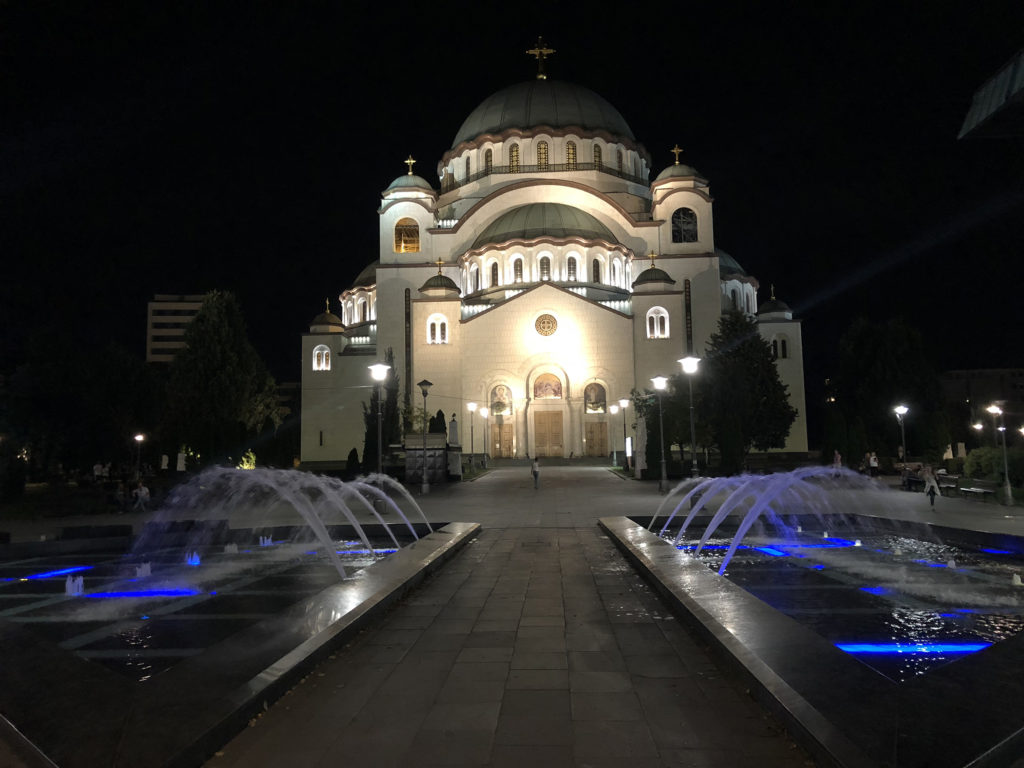
On my first visit to Belgrade, my points of interest revolved around Serbia’s place within the former-Yugoslavia, with special interest given over to The Museum of Yugoslavia, The House of Flowers and the rule of Josip Broz Tito, who acted as President of the Socialist Federal Republic of Yugoslavia from 1953 until his death in 1980.
Expanding my horizons this second time around, I wanted to discover more about the overall history of Serbia. While my trip to the National Museum provided a decent baseline of knowledge, it wasn’t until I looked into the histories of the Serbian Orthodox Church and the Serbian Jewish Community that a clearer picture began to materialize. The sagas of both religious groups are closely associated with the trials, tribulations, victories and successes throughout Serbian history.
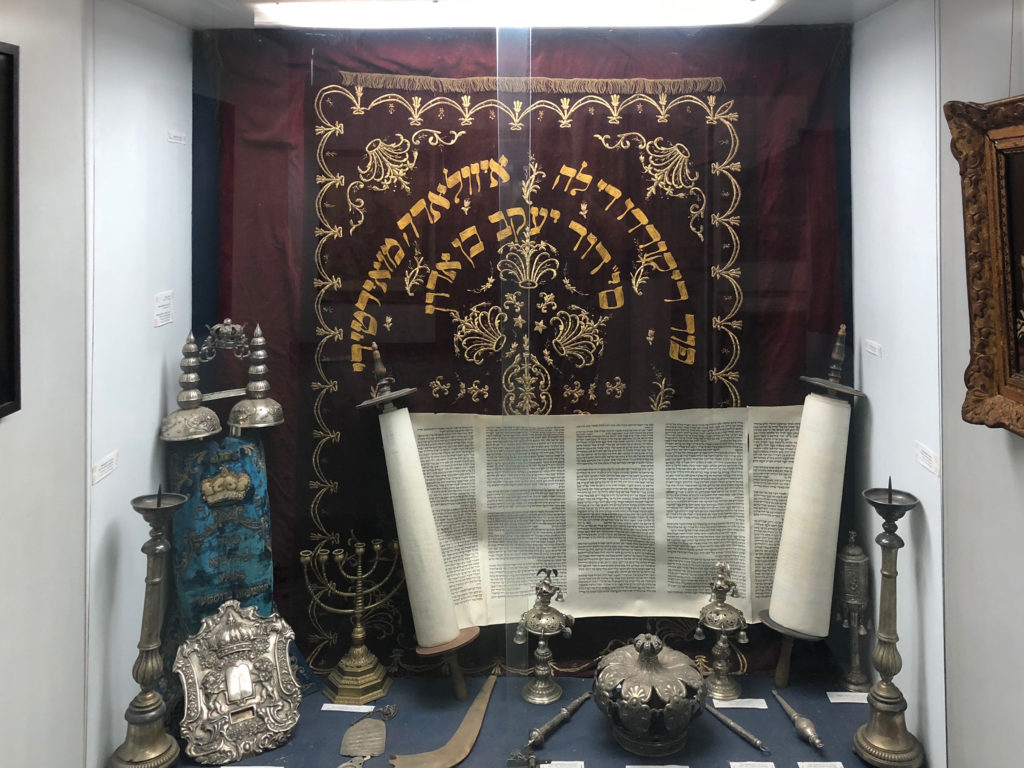
A Serbian prince who took monastic vows under the name Sava founded the Serbian Orthodox Church in 1219. This combination of religious leader and political power has remained intertwined ever since. Alongside the Orthodox population, a Jewish community was slowly growing in the Balkans as Jews fled persecution in Spain, Portugal and France. Both groups were able to live relatively harmoniously in those early centuries of Serbia’s existence.
During the Ottoman Empire’s occupation of Serbia from the mid-15th Century until 1815, both the Orthodox Christians and the Serbian Jews were oppressed by their Muslim rulers. The melting pot of religions in Sarajevo did not so easily replicate itself in Belgrade. Constant friction ruled the day and the Serbian Orthodoxy was instrumental in helping fund and plan Serbia’s eventual independence from the Ottomans. In return, the Serbian monarchy allowed the church to have much sway over politics up to and including the events of World War I.
Црква Светог Марка/Crkva Svetog Marka (Church of St. Mark)
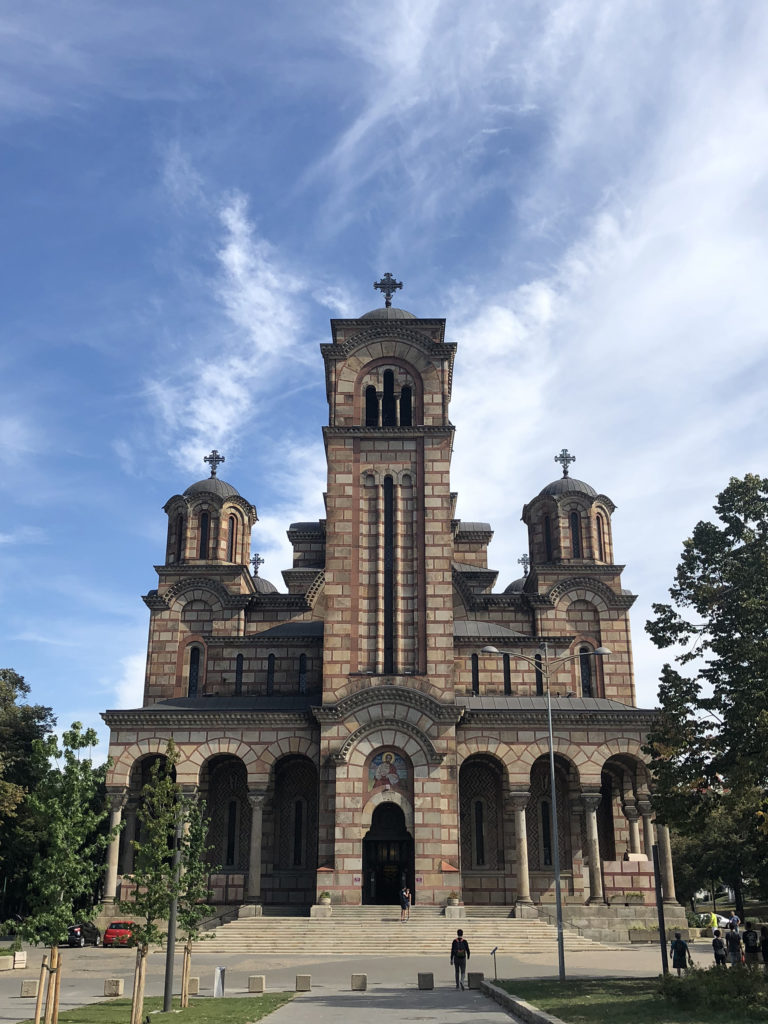
A Serbian Orthodox Church has stood on this site since 1835, but it was badly damaged in WWI and the Church of St. Mark was built in 1940 to replace it. For many decades it was the largest Orthodox church in Serbia. To the right of the church is Ташмајдан парк/Tašmajdanski park (Tašmajdan Park), a wonderful green space to people-watch and relax.
After WWI, the Kingdom of Yugoslavia was formed in 1918. “Yugo” means “south” in Serbian, and the idea of uniting all the southern Slavic peoples into an EU of Slavs (so to speak) was not a new one. With the dismantling of the neighboring Austro-Hungarian Empire and the borders of Europe being redrawn, the monarchy, with the aid of the Orthodox Church, combined the present-day nations of Slovenia, Croatia, Serbia, Bosnia and Herzegovina, Kosovo, Montenegro and North Macedonia into the Kingdom of Yugoslavia.
Now, don’t confuse this Yugoslavia with the Socialist Federal Republic run by Tito. This first incarnation of Yugoslavia was still a monarchy and still very much influenced by the church. During this interwar period, the Jewish community also flourished. An Orthodox/Jewish joint choir was formed in the 1920s (that still exists today) and the number of Serbian Jews increased to nearly 33,000 before WWII.
Јеврејски историски музеј/Jevrejski istorijski muzej (Jewish Historical Museum)
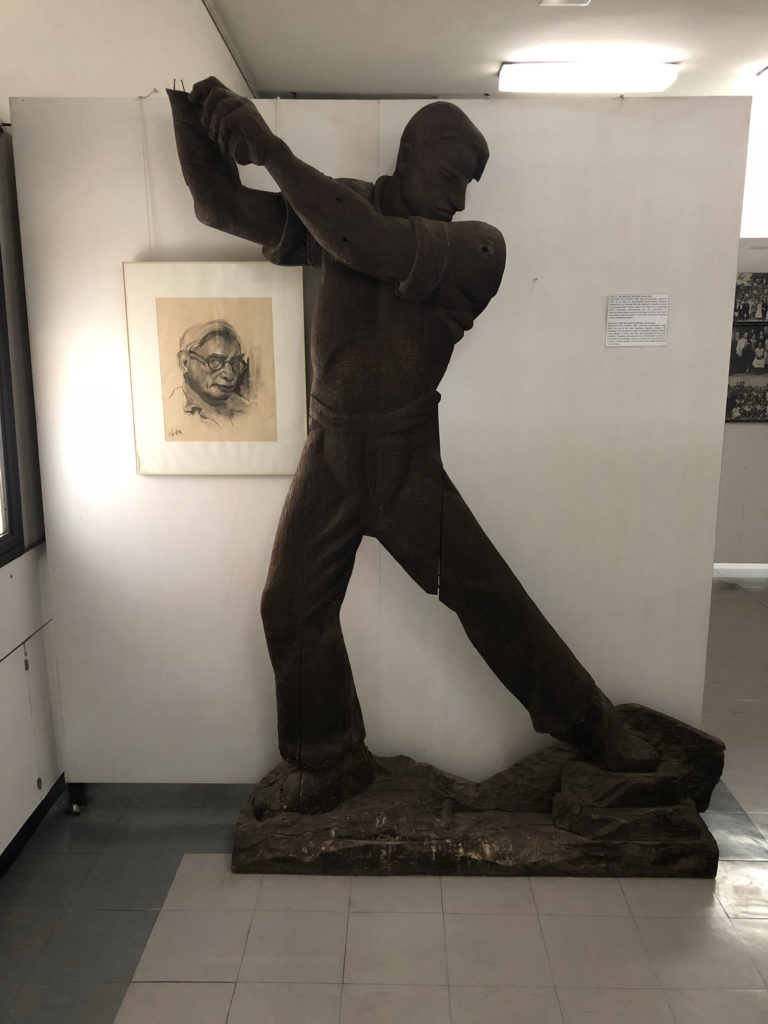
To really understand what Jewish life was like in Serbia, I stopped by the Jewish Historical Museum, which is the foremost authority on Serbian Jewish history. A note about the museum: the security is very high due to Neo-Nazi threats made against the institution. You must bring and surrender your passport to enter the museum; it will be returned upon exiting the building. Exceptions will not be made!
The unification of the various Slavic peoples into Yugoslavia also connected and expanded the network of Jewish people across the Kingdom. Croat Jews came together with Slovene Jews, Kosovar Jews and so forth. Serbia’s 33,000 Jews multiplied into 100,000 strong when combined with Yugoslavia’s other member states. Synagogues sprouted up all over the Kingdom as the community flourished both in business and daily life.
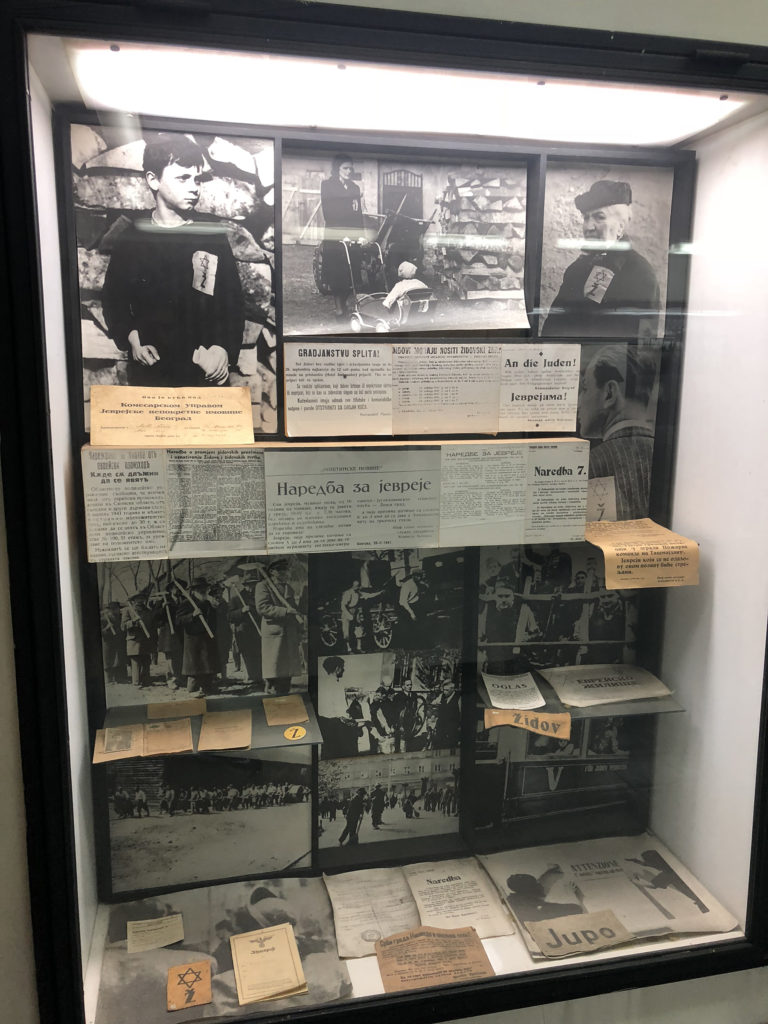
In 1941, the Nazis laid siege to Belgrade and Yugoslavia quickly fell to the German Army. The museum covers the escalating horrors the Jews faced during the three year occupation before the Nazis were expelled in 1944. I will go into further details below, but this is the most sobering section of the museum. Tens of thousands of Jews were either killed in Serbia or after being shipped to concentration camps throughout Europe.
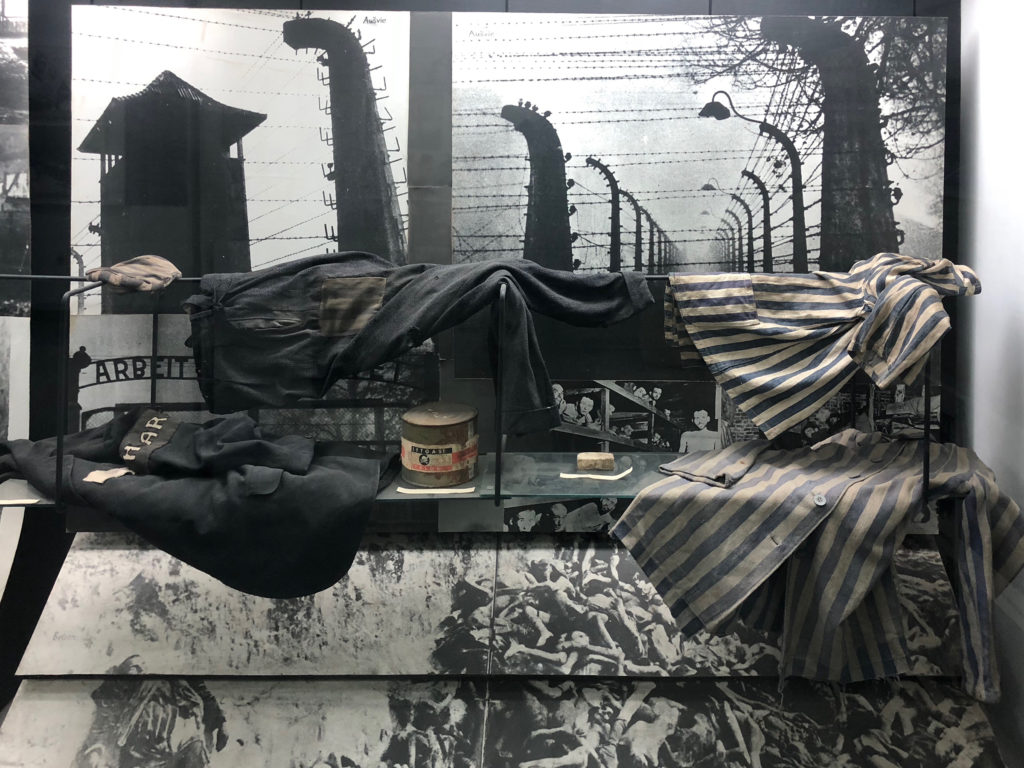
After WWII ended, Yugoslavia was reborn not as a monarchy, but as a (briefly communist, but ultimately) socialist republic. After an initial friendship with the Soviets cooled, Tito split from their ideology and forged Yugoslavia in his own image, both literally and figuratively. Unlike the Soviets, Tito did not formally outlaw religion, although restrictions on religious freedoms were put in place.
Jewish leadership found themselves in a mostly agreeable relationship with Tito. The Federation of Jewish Communities in Yugoslavia was formed, with representatives from each of the Yugoslav States. Of the small number of Jews who had survived the Holocaust, there was a mass emigration to the newly-formed country of Israel. After the fall of Yugoslavia and the onset of the Yugoslav Wars, even more Jews fled the war-torn area.
Today there are only two working Synagogues remaining in all of Serbia and the Jewish population numbers less than 800. The once powerful community has all but disappeared today from its borders. The museum, founded in 1948, is one of the last outposts of Jewish culture, chronicling the past and reminding us that though small, the community still lives on today.
One more note about the museum before moving on: this little museum may not have any flashy multi-media presentations or slick exhibition halls, but sometimes the fancy wrapping doesn’t contain any substance underneath and other times the simple and humble museum packs the greatest punch. The Jewish Historical Museum is definitely of the latter variety.
Храм светог саве/Hram Svetog Save (Church of St. Sava)
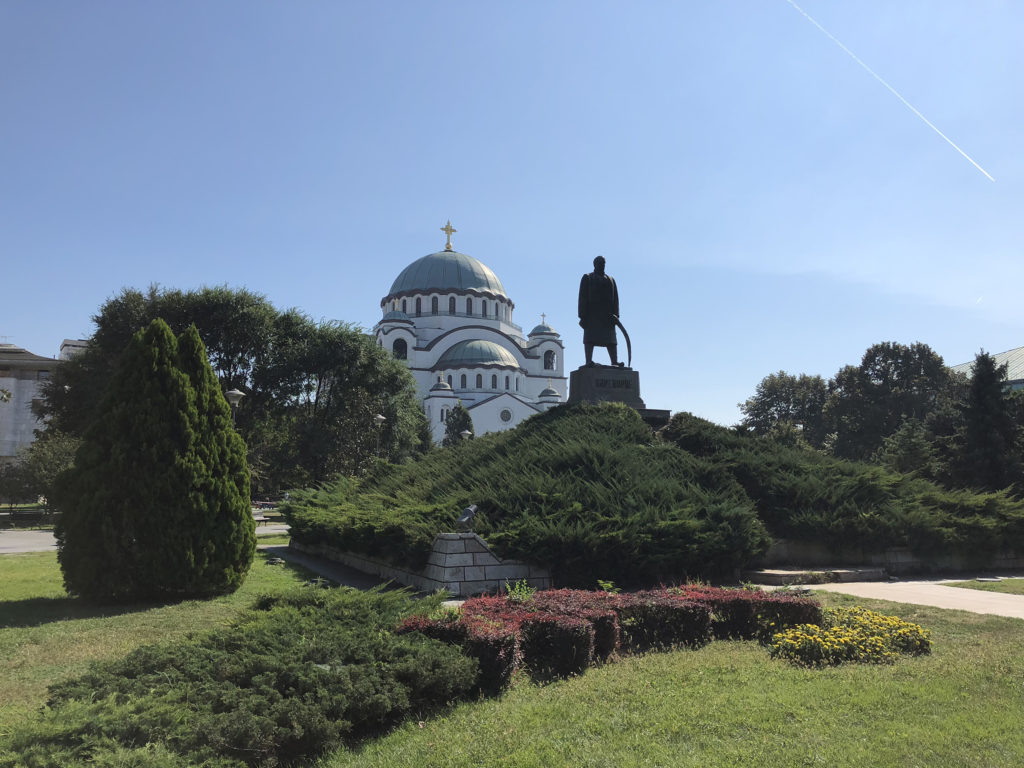
Let’s check back in with the Orthodox side of our story. In 1935, five years before the construction of the Church of St. Mark, the cornerstone was laid for the Church of St. Sava. This was set to become the grandest church in the Serbian Orthodoxy, but WWII threw a wrench in those plans.
At the time, the walls of the church were only 10m (33ft) tall. The Nazis used the location as a parking lot, but even after the war, construction was not allowed to resume. Tito viewed the Orthodox Church with suspicion; its leaders had been such strong supporters of the Kingdom of Yugoslavia’s monarchy, now living in exile, and Tito always feared they could stage an insurrection and bring back the former rulers. Allowing St. Sava’s to be built would provide the people with too great a symbol of the church’s power.
Instead, the ruins of the church were used by neighborhood children as an Indiana-Jones-esque playground. A traveling circus troupe even set up shop in the rubble for a time. Whereas the Jewish community was not seen as a threat, the members of the Orthodox Church were granted few privileges.
Споменик жртвама логора на Сајмишту/Spomenik žrtvama logora na Sajmište (Monument to the Victims of the Sajmište Camp)
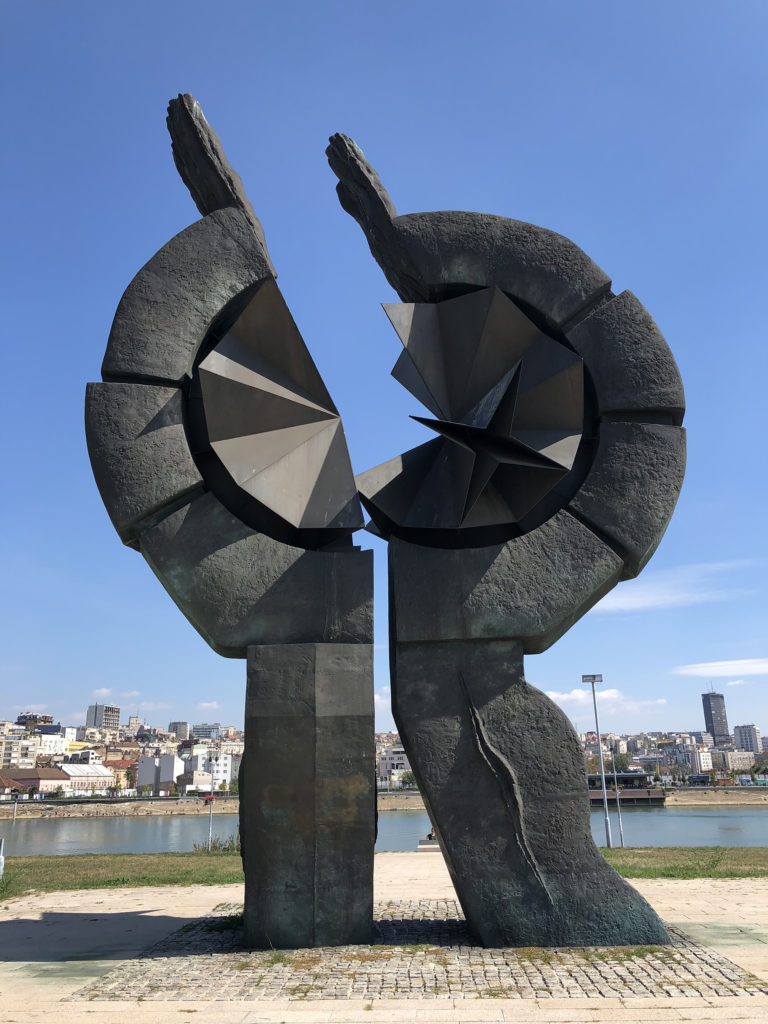
Although the Serbian Jews were free to continue to practice their faith, one thing Tito never did was formally recognize the genocide committed by the Nazis during the Holocaust, nor did he sponsor any monuments or memorials for its victims.
Across the Sava River, on the site of a former fairground, the Nazis established the deadliest concentration camp in Serbia. Known as Sajmište, the German Army built barracks to house Jewish woman and children here in 1941. Romani women and Serbian anti-fascists were also brought to the camp. Disease spread through the unheated barracks and the bitter winter of 1941-42 saw many of the women and children freeze to death as well. Eventually gas chambers were built at the camp; of the 50,000 victims who passed through the camp, 20,000-23,000 were killed and buried in mass graves nearby.
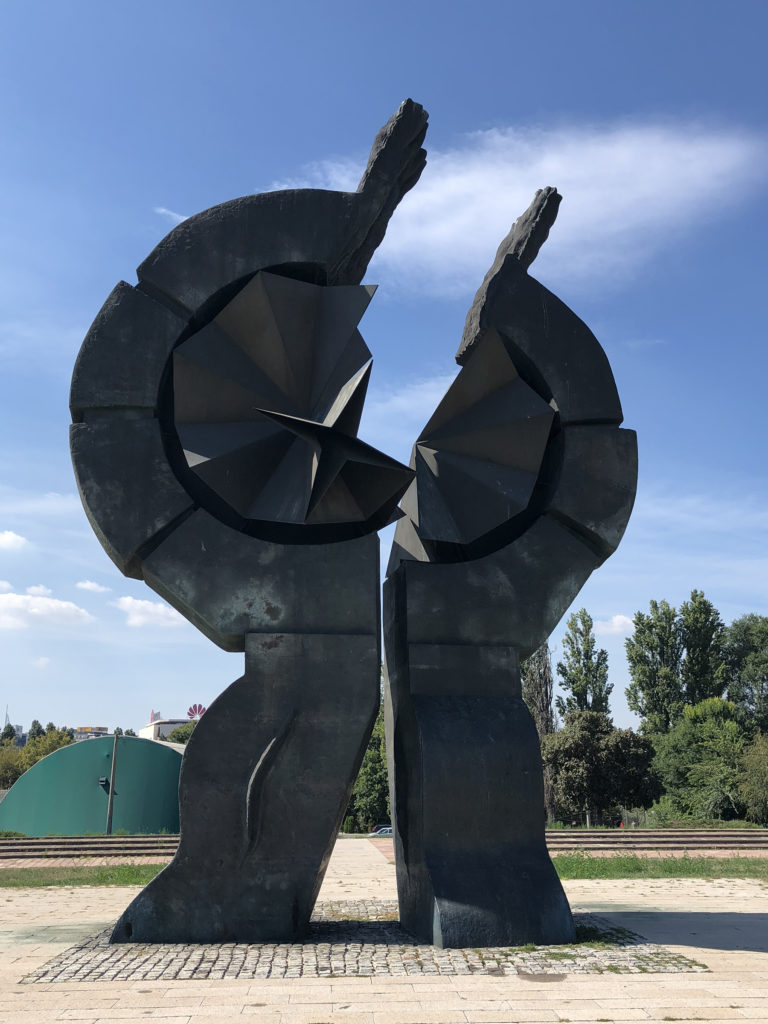
It wasn’t until 1995, fifty years after the end of WWII, that the victims finally were memorialized with the construction of the monument pictured above in front of the former barracks. Just a few months ago, in February of 2020, the National Assembly of Serbia finally wrote into law that they recognized the victims of the genocide and that a memorial complex and museum will be built behind the monument.
Likewise, The Church of St. Sava has seen much progress since the weakening and eventual collapse of Yugoslavia. In 1985, five years after Tito’s death, construction resumed on the church. The dome was raised onto the completed walls in 1989 and St. Sava’s officially surpassed St. Mark’s as the largest Serbian Orthodox Church in the country.
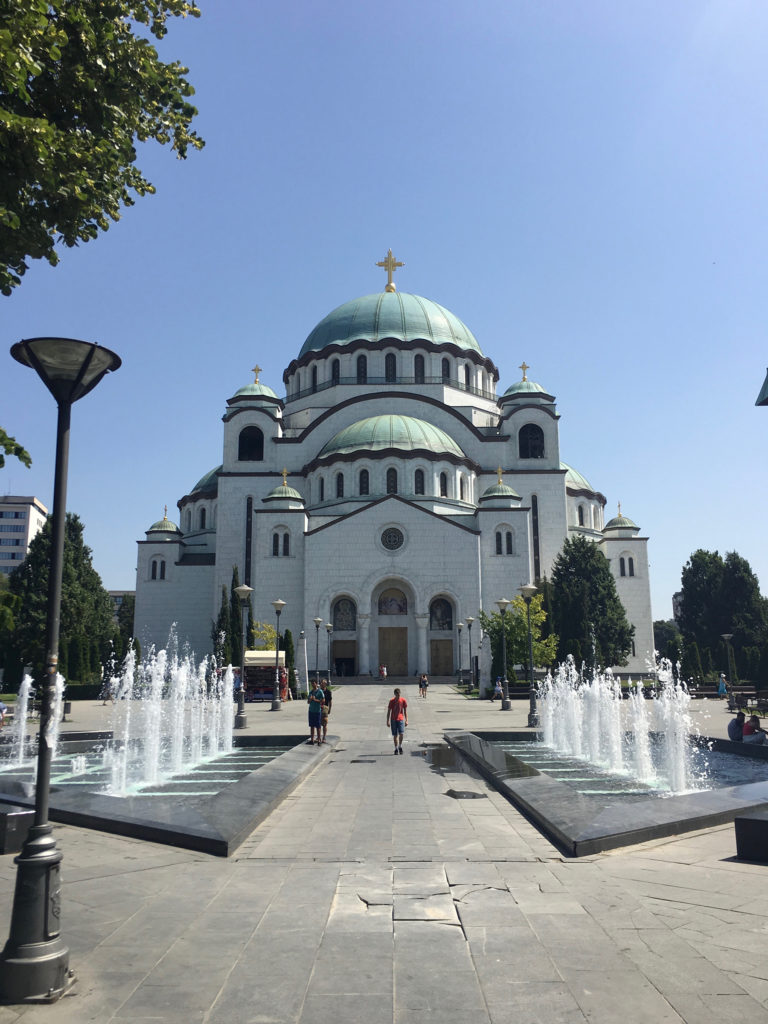
Today, 85% of the population identifies as Serbian Orthodox, even if young people have a much more casual relationship with religion than their ancestors. St. Sava’s has become a symbol of the city and I mean more than just as an image on a postcard. The decades it took to build the church mirror the long years it took for Serbia to transform from several incarnations of Yugoslavia to the independent nation they are today. The devastating Yugoslav Wars from 1991-2001 literally broke the country into pieces, but like St. Sava’s, Serbia rebuilt itself again and again until it could stand tall today.
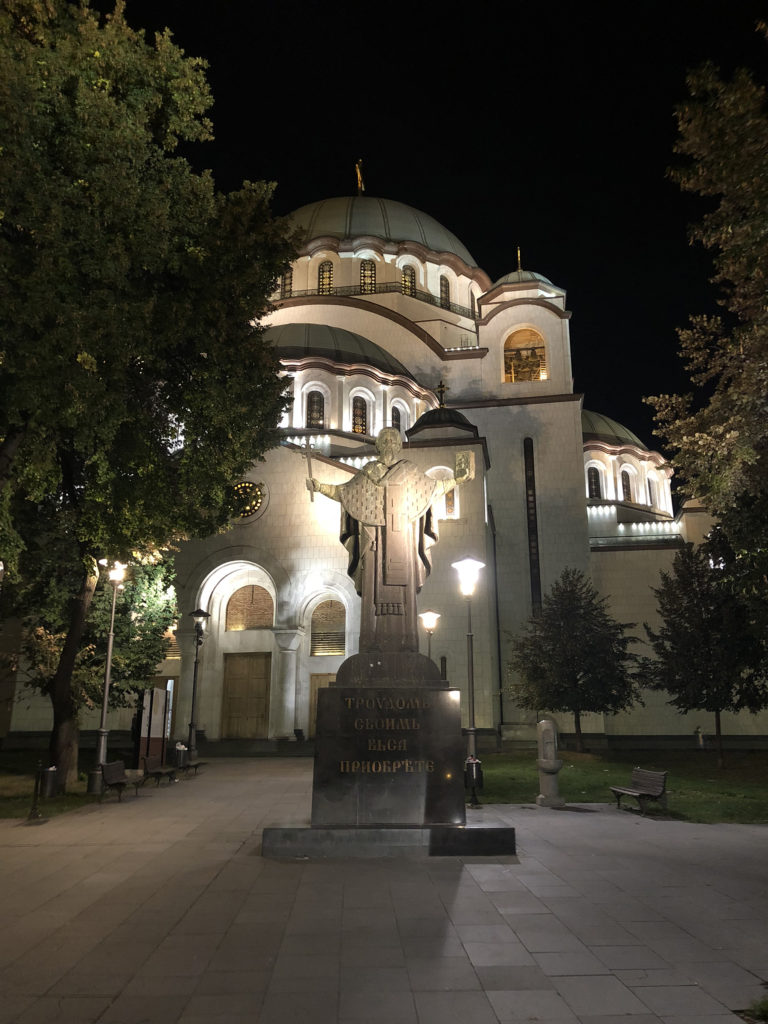
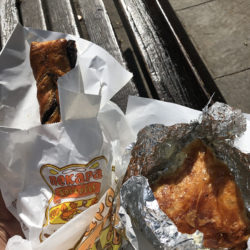
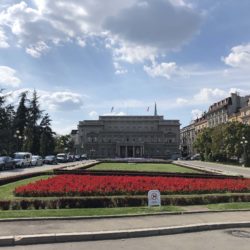
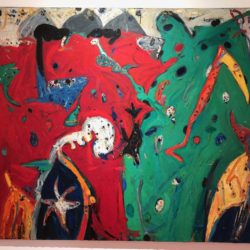
Big courage